Sunheunghyanggyo Confucian School (순흥향교)
0m 16293 2020-05-06
15-36, Cheonggu-gil, Yeongju-si, Gyeongsangbuk-do
+82-54-639-6581
Originally built in Geumseong to the north of Sunheungbu administrative district in Yeongju-si, Gyeongsangbuk-do, Sunheunghyanggyo Confucian School moved to Wiya-dong to the east of the district in 1718 and moved once again in 1750 to its current location. Facing southward, this ancient Confucian school is located at the foot of a mountain with river flowing in the foreground. It can be reached by crossing the Jukgye Jaewolgyo Bridge from Geumseongdan Altar and taking the path on the left before turning left at Cheongdari Village Hall to walk a little further up the road. Currently housed within unheunghyanggyo are valuable materials related to Confucian schools.
Yeongju Korea Seonbi Culture Festival (영주 한국선비문화축제)
624.1066485964349m 6589 2022-05-12
2796, Sobaek-ro, Yeongju-si, Gyeongsangbuk-do
• 1330 Travel Hotline: +82-2-1330
(Korean, English, Japanese, Chinese) • For more info: +82-54-630-8706~9
The Yeongju Seonbi Culture Festival takes place at the Seonbichon Village, and promotes Korea's moral culture through the idealogy of seonbi, Korean Confucian scholars. Visitors to the festival will be able to learn more about how this culture impacts the past, present, and future through study of the lifestyles of seonbi.
Seonbichon Village (선비촌)
625.4540674862593m 17719 2022-08-22
2796, Sobaek-ro, Yeongju-si, Gyeongsangbuk-do
+82-54-638-6444
Seonbichon Village in Yeongju, Gyeongsangbuk-do, the cradle of Korean Confucianism, is where the spirit and cultural heritage of Korea’s classical scholars are preserved. The village is the perfect place to learn about traditional Korea, and is famous for its classical scholars’ loyalty and filial piety.
Seonbichon village offers a variety of traditional activities for visitors, from pounding rice cake to hanging wish lanterns to attending a traditional wedding ceremony or playing folk games such as yutnori or jegichagi. Visitors can also enjoy traditional dining at Jeojatgeori Street and learn about history through the museum. Guests can also enjoy the unique experience of staying in a hanok house through the overnight program and participate in scholar programs.
Sosuseowon Confucian Academy [UNESCO World Heritage] (소수서원 [유네스코 세계문화유산])
633.2201912319805m 19195 2020-12-04
2740, Sobaek-ro, Yeongju-si, Gyeongsangbuk-do
+82-54-639-7691
Sosuseowon Confucian Academy is situated at the foothills of Sobaeksan Mountain. Sosuseowon was the first to receive a royal charter as a private Confucian academy along with financial support and acknowledgement by the king. This academy was originally founded under the name Baegundongseowon in 1542 by a Confucian scholar Ju Se-bung, who was also the magistrate of Punggi County at the time. Baegundongseowon first started as an academic institution that enshrined a memorial tablet of An Hyang, a Confucian scholar whom Ju Se-bung had deep respect for. After Ju Se-bung left the county, Toegye Yi Hwang, a renowned Confician scholar, became his successor and made an official request to the king to be granted a royal charter. The request was well received, and the king renamed the institution to its current name, Sosuseowon.
Sosu Museum (소수박물관)
695.5246342808325m 10781 2021-03-11
2780, Sobaek-ro, Yeongju-si, Gyeongsangbuk-do
+82-54-639-7691
Sosu Museum aims to consolidate and organize the nation’s traditional Confucian legacy and to establish the root of the national spirit through Sosuseowon, the first Confucian academy ever created in Korea. This museum is the only Confucian museum where visitors can experience the very valuable legacy of the Confucian culture and the rise and fall of Confucianism during the Joseon dynasty. The museum opened on September 22, 2004 and since then, it has been a place where one can experience the dynamic historical adventure through valuable Confucian relics and remains. The museum also aims to revitalize the local culture of the Yeongju area by showcasing the region's well-preserved cultural assets and items.
Sobaeksan National Park (Gyeongsangbuk-do Region) (소백산국립공원(경북))
2.0 Km 35864 2023-02-17
Punggi-eup, Yeongju-si, Gyeongsangbuk-do
+82-54-638-6196
Sobaeksan National Park was designated as the 18th national park in December 1987. The features of Sobaeksan National Park include wildflowers and royal azaleas in spring and snowy scenery in winter. The mountain borders three provinces and four cities. Attractions include various peaks, temples, and waterfalls. The mountain is especially popular in May when royal azaleas are in full bloom and a natural forest tunnel is formed. Birobong Peak of the mountain is covered with snow six months of the year and is called the Alps of Korea.
Jukgyegugok Valley (죽계구곡)
3.6 Km 33246 2017-12-22
Jukgye-ro 315beon-gil, Yeongju-si, Gyeongsangbuk-do
Jukgyegugok Valley is the valley stretching from Baejeom-ri to Choamsa Temple.
Joseon-era Confucian scholar Toegye Yi Hwang (1501-1570) was inspired by the
scenery of the valley and the enchanting sound of the flowing water, so he came
up with names for each of the nine sections of the valley and collectively called
them Jukgyegugok (nine bamboo valleys). The valley presents a splendid sight
indeed with crystal clear waters, lush forest, and white rocks. In summer, vacationers
from around the country flock to Jukgyegugok Valley to cool off from the sweltering
heat by dipping their feet in the refreshing waters of the valley. Famous tourist
attractions near the valley include Sosuseowon Confucian Academy, Buseoksa Temple,
and Eupnaeri Mural Tomb.
* Choamsa Temple
On the path that ascends from Jukgyegugok Valley, there is a small temple
located at the foot of Sobaeksan Mountain. The great monk Uisang Daesa of the
Silla Kingdom reached this place during his search for an ideal site to build
a Buddhist temple invoking national security. He set up a small thatched hut
for a temporary stay until he found the most propitious spot, on which he built
Buseoksa Temple. In the site where his thatched hut once stood, he built another
temple and named it Choamsa Temple. The original structure was destroyed by
fire during the Korean War (1950-1953). The temple has been restored to its
present state by the Buddhist monk Lee Bo-won after years of arduous efforts.
Choamsa Temple - Yeongju (초암사(영주))
4.8 Km 9012 2020-03-27
330, Jukgye-ro 315beon-gil, Yeongju-si, Gyeongsangbuk-do
+82-54-633-2322
In search of a great place to build a Buddhist Temple invoking national security, Great Monk Uisang travelled around the country and reached this place. He built a small thatched hut here for a temporary stay and continued his search. Finally, he found a perfect place and built Buseoksa Temple. He also set up another temple in the site where his small thatched hut was and called it Choamsa Temple. Choamsa Temple is located below the valley in the south of Gungmangbong Peak of Sobaeksan Mountain. After the Korean War, the temple building had to be rebuilt, but it managed to preserve some of Provincial Tangible Cultural Asset including Samcheung Seoktap (a three-storied stone pagoda; Tangible Cultural Property 126), Dongbudo (East Stupa; Tangible Cultural Property 128) and Seobudo (West Stupa; Tangible Cultural Property 129).
* Jukgyegugok Valley
The valley stretching from Baejeom-ni to Choamsa Temple is called Jukgyegugok which Sobaeksan Mountain surrounds like a folding screen. Near the valley, one can find famous tourist attractions such as the Sosuseowon Confucian Academy and Buseoksa Temple. Toegye Yi Hwang came up with the name Jukgyegugok inspired by the fantastic scenery of the valley and the beautiful sound of the flowing water.
Yeongju Birosa Temple (비로사 (영주))
7.0 Km 17872 2021-06-11
661-29, Samga-ro, Yeongju-si, Gyeongsangbuk-do
+82-54-638-5033
Birosa Temple is located at the southern foot of Birobong, the highest
peak of Sobaeksan Mountain. It was founded by revered Buddhist monk Uisang Daesa in the 20th year of King Munmu’s reign (AD 680) during the Silla Kingdom. The temple’s Buddha statues and the flagpole supports reveal the long history of this ancient temple.
To the left of the entrance to Birosa Temple stand a pair of flagpole supports. The 4.8-meter-high flagpole supports facing each other have a meticulous structure. Inside the temple precincts is Jingongdaesa Bobeoptapbi, a stele with a stone turtle base erected in honor of the great monk Jingong Daesa.
The temple enshrines the Amitabha and Vairocana Buddha statues, which were created during the Silla Kingdom in the late 9th century. Both of these Buddha statues realistically depict the human form, and show similar characteristics, which reveal that they were crafted by the same artisan. Preserving such valuable cultural heritages, Birosa Temple also has a serene view of Birobong Peak on
Sobaeksan Mountain.
* Major cultural properties: Stone Seated Amitabha and Vairocana Buddha Statues (Treasure No. 996), Samgadong Stone Flagpole Supports (Provincial Tangible Cultural Property No. 7)
Punggi Ginseng Market (풍기인삼시장)
7.9 Km 20455 2021-06-08
8, Insam-ro, Yeongju-si, Gyeongsangbuk-do
+82-54-636-7948
Punggi Ginseng Market first opened in 1965, selling various vegetables with a focus on ginseng. Visitors can enjoy different kinds of ginseng products while also trying foods made with ginseng. Every late September to early October, Punggi Ginseng Festival is held, providing various events and programs for visitors to experience.
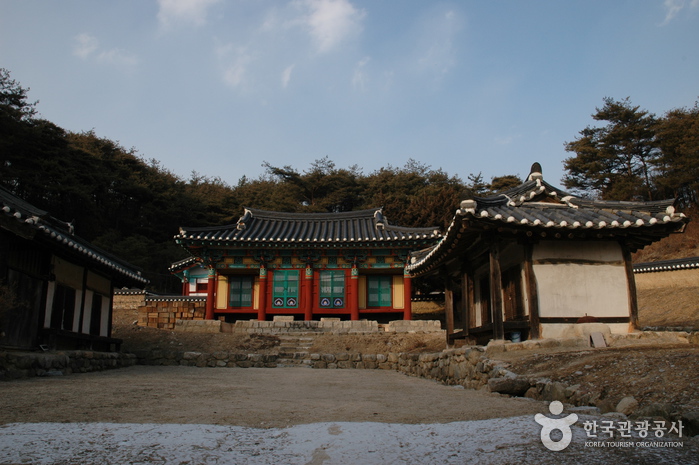
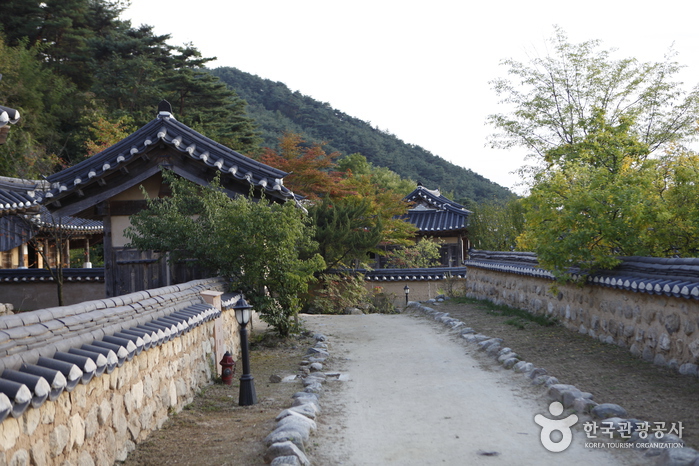

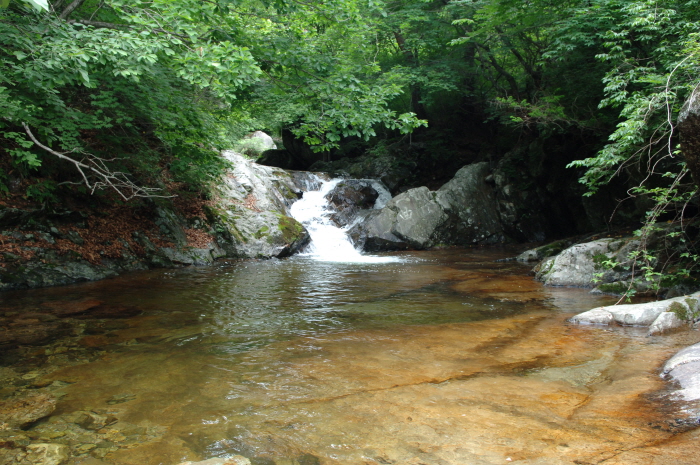
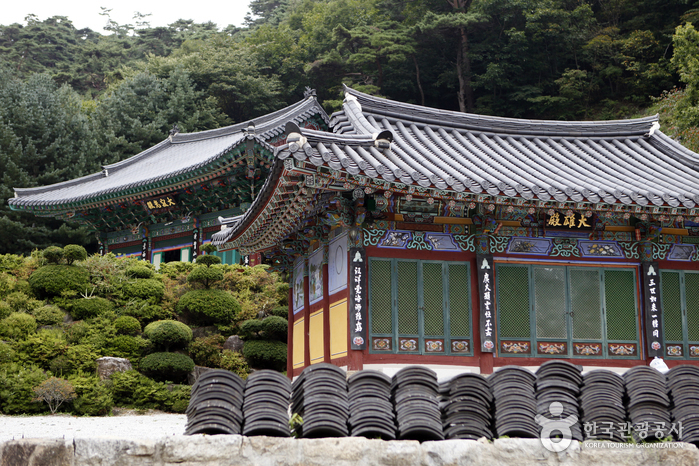
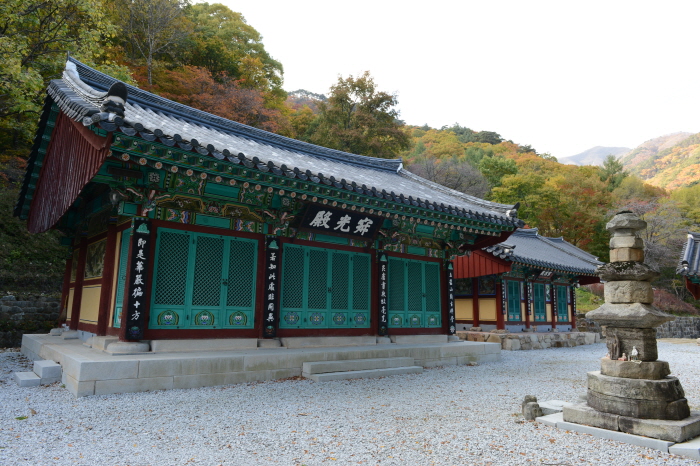
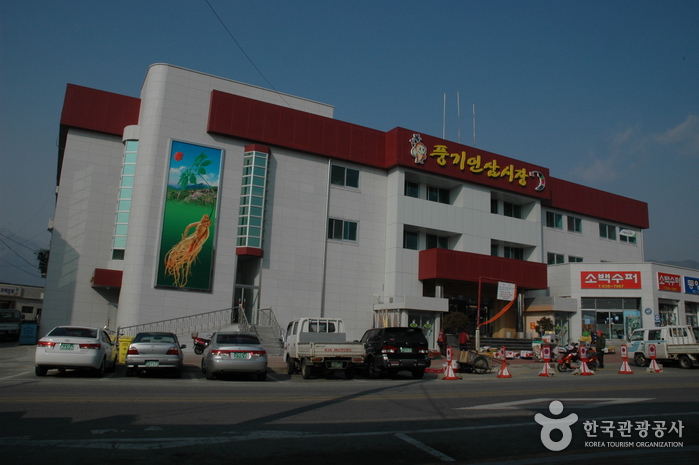
 English
English
 한국어
한국어 日本語
日本語 中文(简体)
中文(简体) Deutsch
Deutsch Français
Français Español
Español Русский
Русский